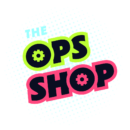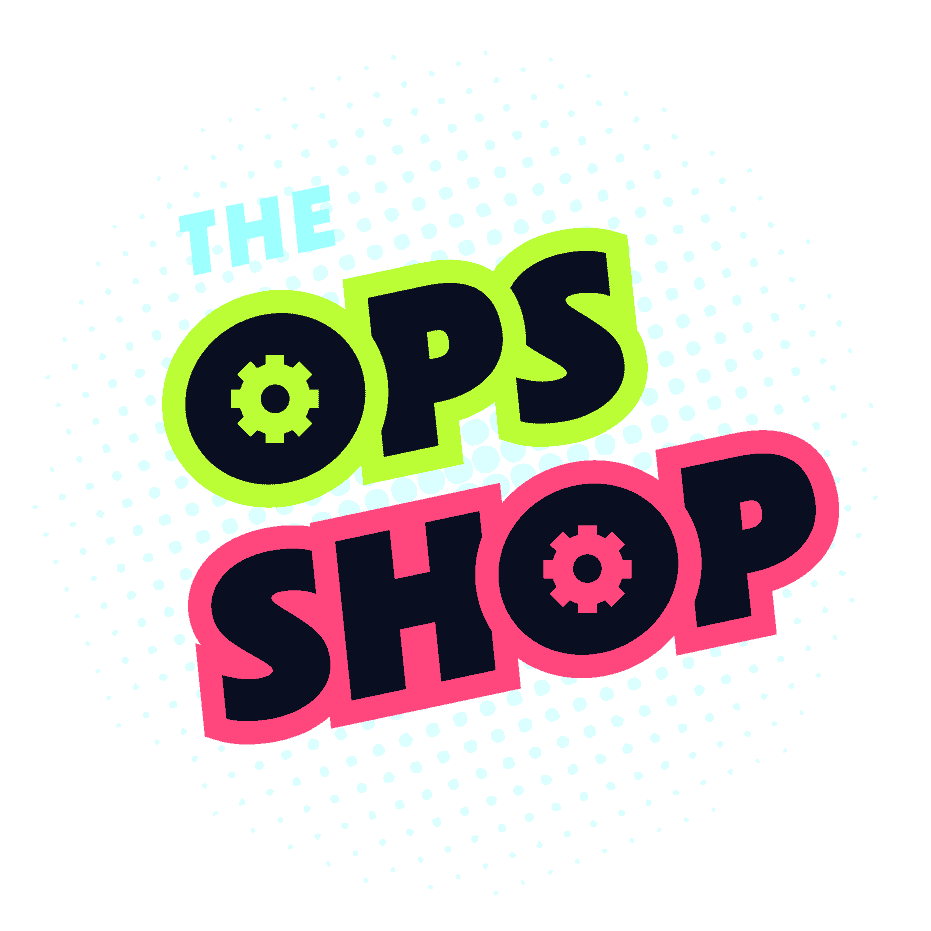If you’re a course creator or have a membership offer, read on to find out the number one mistake that you could be making. ..
Let me paint you a picture.
You buy an online course or you join an online program full of excitement and eager to learn. Soon after you’re frustrated and feeling like your time is being wasted; you can’t find important links, you’re unsure where you should be looking or what you should be doing, and you’re always having to ask the same questions over and over again. You feel that you are not being taken care of by the person you trusted with your investment.
What is this big mistake that course creators and membership group hosts are making?
The biggest mistake that affects your client satisfaction and engagement in online courses and memberships is mixing static information with engagement content.
Let’s go back to that picture that I painted earlier, from the consumer’s perspective:
- Not being able to find call links = missing calls = feeling like you’re not getting what you paid for
- Opening up the membership platform and not knowing how to navigate it or where to post = not using it = feeling like you’re not engaged or a part of the community that attracted you
- Sharing a question in a Facebook group = your query getting pushed down and down because of others’ posts = your question doesn’t get answered so you feel ignored or just a number in the crowd
Now, if you’re the creator of that course or program you could also be feeling frustrated and aggravated.
You could be thinking…
- “I have shared the Zoom link multiple times – why can’t they just look for it?”
- “The course platform has an onboarding section – they’re just not looking for it”
- “They ask a question and expect an answer immediately – that’s just not possible”
Whatever the reason or the scenario, there is a common mistake that is leading to these scenarios:
There is a lack of clear organization and separation between static information and engagement content.
Static information is required by the client or consumer to engage with the offer or product that they have purchased. Examples include call dates/times/links, pillar content, specific tutorials, or specific downloads or documents.
Engagement content is used to create discussions, foster the community, and provide opportunities for participants to talk and reflect with each other. This might include prompts for discussion, asking about their goals or challenges, asking for feedback or thoughts on a particular topic, or polls and questionnaires.
When both of these types of content are mixed together it becomes exceptionally difficult for users to navigate and find what they need. If you’re not thinking about the overall structure and strategy then even if you’ve provided the information, it isn’t accessible.
So how do we fix this and create a smoother learning experience and a better overall experience for everyone involved?
The first step is looking at the entirety of the offer or the program and deciding what static information always needs to be easily accessible by your clients. This could be things like call times, Zoom links, login links, FAQs, billing information.
What do they need to see/do/understand in order to maximize their experience within the program? What is their single source of truth for the most updated information?
Once you know all of those pieces, then you have to identify what is the best way to share or display it.
If you have a Facebook group, you might want to do a pinned post. Pin your essential details like course outline, schedules or resource links, so that it doesn’t get buried by the engagement content.
If you have an online course platform, it might be that you create separate modules or sections for this static information. You may choose to have an onboarding section, a call time section, have a “what to do when you get lost or confused” section, have a section for your instructional videos, and have a section for your templates or documents.
Even though a lot of us use these online programs or these course platforms to get out of email, sometimes email is just the best way. If you choose to use email, keep it very specific and information focused. If you save using email for important updates or changes, then your participants have a clear and easily accessible record of updates.
Now that you’ve figured out static information, you need to look at your dynamic or engagement content.
This is where leveraging online platforms like Facebook groups, WhatsApp chats, or community and learning software like Slack, Circle or Mighty Networks gets really, really helpful.
These are the places to post engaging prompts like:
- What are your goals for this week?
- Where did you win?
- What are you struggling with?
- Share your work from this week!
- Share where you need support or guidance
It shouldn’t matter how much engagement content you share – whether it’s daily or weekly – if the structure is set up correctly then you’ll build your community AND cut down on repetitive logistical questions because content isn’t getting lost in the feed.
Keeping static and engagement content separate is crucial when you’re creating online courses and memberships that deliver on a promise and create an easily accessible structure for your clients, users, and participants.
Think about using pinned posts, outline separate content modules, and utilize email strategically.
Leverage your online platforms for engagement, and begin training and setting expectations for all your folks on where they can find certain pieces of information.
People appreciate clarity, and they appreciate ease and always knowing what to do next. And when they know what to do, they’ll stay with you through it all.


